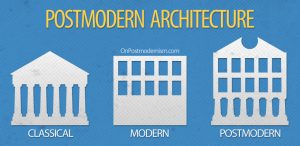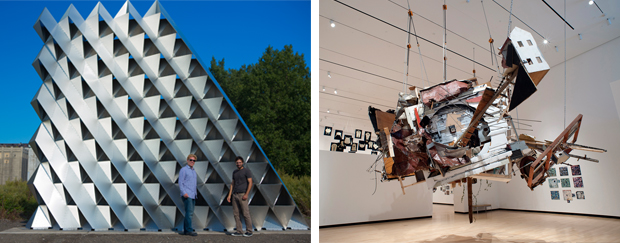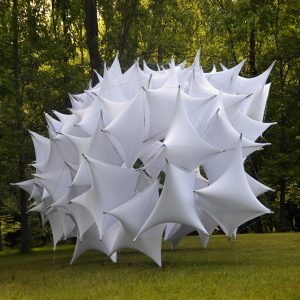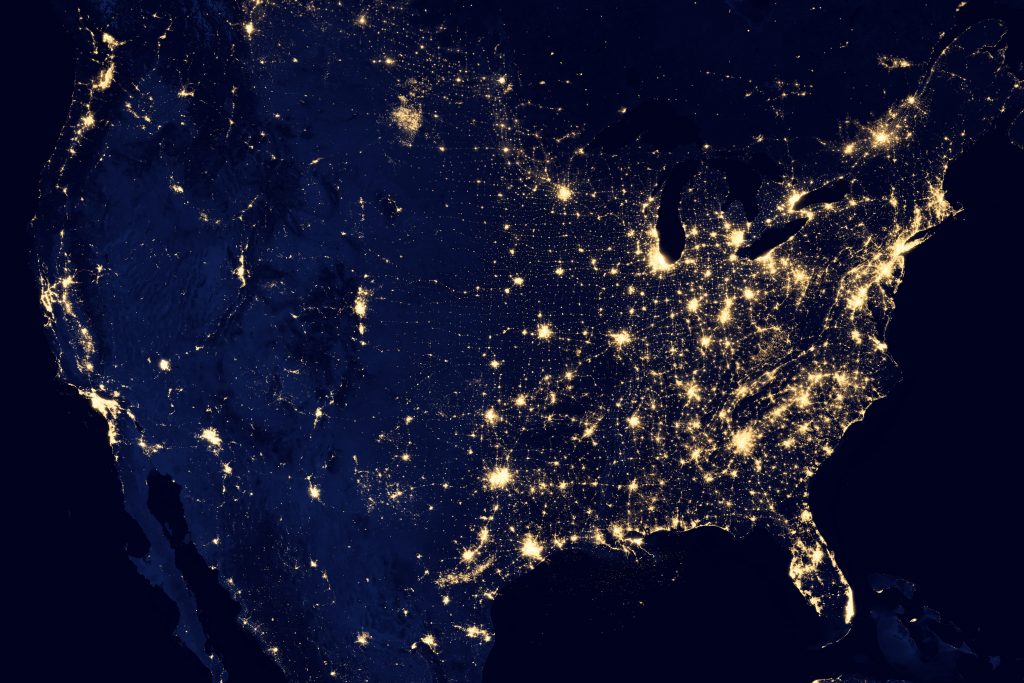Experimental Cultures: On the ‘‘End’’ of the Design Thesis and the Rise of the Research Studio
1.Science history has always corrected itself. This is a witness that science does not always have a single answer. Even some of the most common used methods in it are considered as inventions and not discoveries. Isaac Newton and Gottfried Leibniz independently invented calculus in the mid-17th century. Thinking of Invention as a designed product, what is the role of design and designer in today’s knowledge production?
2. In Latour’s words research has been separated from science by giving that aspects such as uncertainty, warm, involving and risky as opposed to certainty, cold, straight and detached. However it is not clear for me that how scientific method is different from research method?
3. It has been stated that the move away from individual theses toward teacher-led, group research projects does not represent a diminished role for intuition in the design process, unless depending on the cliché that design is subjective and wild, while research is objective and predictable.
Since the students are not allowed to design their own big question, can’t we confirm that a group lead research as a thesis, is still a limited research? Research is not predictable but the framework that research is based on it is limited which forces students to perform in the field of defined trends in architecture.
Research in Art and Design by Christopher Frayling
1. “When I paint, my object is to show what I have found and not what I am looking for.” Picasso says in his interview. Then he continues “In art intentions are not sufficient.” I would add to his words that art production is not a predicted task based on a limited timeline. According to our institutional limits a research needs to be done in a specific timeframe. How this limit detaches the nature of institutional research from founded object of Picasso?
2. As Frayling says, to separate art and design from all other practices, and to argue that they alone are in a different world, is conceptually strange. What has been changed since 1837, that informs us about this strangeness? Is the whole educational system in demand of a change?
3. How three methods of Research into Art and Design, Research through Art and Design, Research for Art and Design, are connected? Which one of them depends on the other one?





